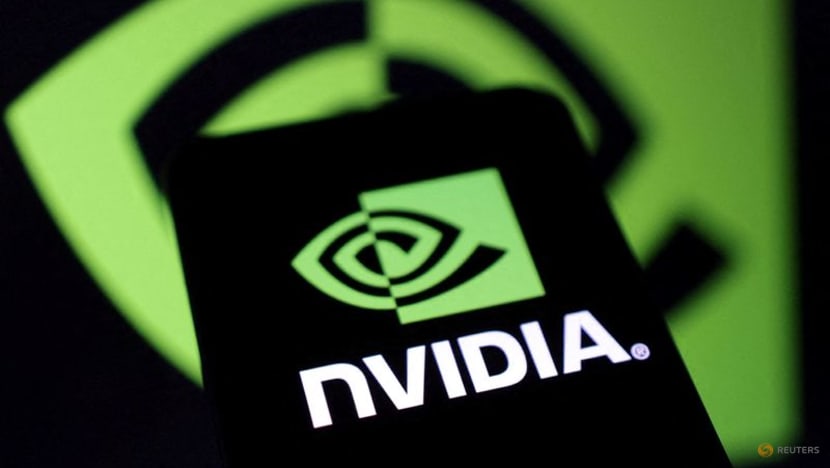Even anti Trump CNN has to acknowledge that Trump has played a master stroke locking in a 10% tariff regardless of how the negotiations play out.
How Trump managed to get his much-needed China trade victory

By
Phil Mattingly, CNN
5 minute read
Updated 9:58 PM EDT, Mon May 12, 2025
US Treasury Secretary Scott Bessent (L) and US Trade Representative Jamieson Greer speak to the media in Geneva.
Valentin Flauraud/AFP/Getty Images
CNN —
President Donald Trump’s shock-and-awe tariff approach threatened to rupture the global financial system and drive the US economy into recession. Nervous about the prospect of empty store shelves and reignited inflation, Trump sent in his even-keeled and professional negotiators to Geneva to snag a win.
The unexpectedly
dramatic de-escalation with China laid the groundwork for a growing series of trade negotiations that may produce a handful of rapid-fire, if less than fulsome, bilateral agreements to reduce US trade deficits.
“We actually have a fresh start with China,” National Economic Council Director Kevin Hassett said in an interview on CNN News Central. “That’s the way to think about these negotiations.”
The decision by both the United States and China to drop stratospheric tariffs by 115 percentage points at the conclusion of two days of talks marked the most significant development in a policy approach that has been equal parts maximalist and messy. The de facto trade embargo between the world’s two largest economies had produced domestic and global economic pressure that appeared on the brink of calamity.
The de-escalation
sent markets soaring across the world Monday, as it shed light on a Trump administration’s strategy to maintain significantly higher tariffs while incentivizing its largest trading partners to come to the table with offers.
Sending the serious people
In Treasury Secretary Scott Bessent and US Trade Representative Jamieson Greer, Trump sent lead negotiators who are viewed by market participants and their Chinese counterparts as
serious, levelheaded and empowered.
As those talks start in earnest, the ongoing effort to secure deals with roughly two-dozen other countries was given a boost last week after a small-scale agreement with the UK. That provided a model for what Trump wanted in the urgent scramble to secure bespoke deals with the US, according to several foreign diplomats involved in the bilateral talks.
The negotiators, parameters for negotiation and clearly serious approach from both sides that will drive the next three months are all viewed as tangibly positive signs by Trump’s advisors. Whether they lead to a substantive outcome remains an open question, but as one advisor put it to CNN, “this a hell of a lot better than the alternative both of us were staring down.”
“This is really the first time it’s been possible to actually see the path to land this plane without some cataclysmic economic disaster,” a Republican senator told CNN. “Doesn’t mean we will, but that’s a lot better than where we’ve been.”
The path from the market-panic-inducing “Liberation Day” tariff announcement on April 2 to this point was hardly linear. Trump’s advisors have long insisted, against plenty of evidence to the contrary, that it was all a deeply strategic roadmap that incorporated every possibility.
The fallacy of that insistence is laid bare by Trump’s own view that “flexibility” is paramount. Bessent, who is fond in private settings of talking through the game theory he sees as animating Trump’s approach, cites the value of the “strategic uncertainty” created by his boss.
It was Trump, after all, who hit the pause button on his hardest hitting “reciprocal” tariff rates on roughly 100 countries. And it was Trump who first publicly floated significant de-escalation with China after, in private internal discussions, his team weighed even more dramatic off-ramps to step back from the brink.
The bond market, supply chains blinking red and increasingly apocalyptic warnings from executives across major industries all served as critical accelerants for Trump’s personal pivots. The actions in some cases had the effect of hanging his own advisors out to dry hours after they’d been on television pledging there would be no exceptions, delays or revisions.
There has, however, been a broad strategy designed to push trading partners to the very place the administration finds itself now, officials say.
The new reality
In the end, the Trump administration has somehow managed to lock into place dramatically higher tariffs – a 10% universal rate across the globe and sector tariffs that largely stand untouched. And, while recognizing that tariffs aren’t going back to zero, trading partners are still lining up to get a deal done with the United States.
That lawmakers and foreign diplomats alike appear willing to overlook – or even outright accept – that a 10% global tariff rate is basically a nonnegotiable reality at this point is perhaps the best window into the moment Trump has led the world into.
Trump’s team said that shock-and-awe strategy to get a “win,” even out of significant tariffs that remain in place was the strategy all along.
“We have had a plan, we have a process in place, now with the Chinese, we have a mechanism in place for future talks,” Bessent told reporters in Geneva.
The China talks would always be the most difficult, labor-intensive and time consuming. The lessons from Trump’s first term negotiations are deeply internalized among not just his advisors, but Trump himself.
For Trump, trade is the lynchpin to everything. That includes the India-Pakistan ceasefire agreement he told reporters was, in his view, primarily attributable to his promises of rapid increases in trade flows to both nations.
It seemed fitting that the most astute observation in the rush to analyze the dramatic de-escalation in US-China trade relations came from the man who drove them to the brink on an entirely unrelated yet no less consequential matter.
“People have never really used trade how I use trade,” Trump told reporters Monday morning.
CNN’s Jeff Zeleny contributed to this report.



